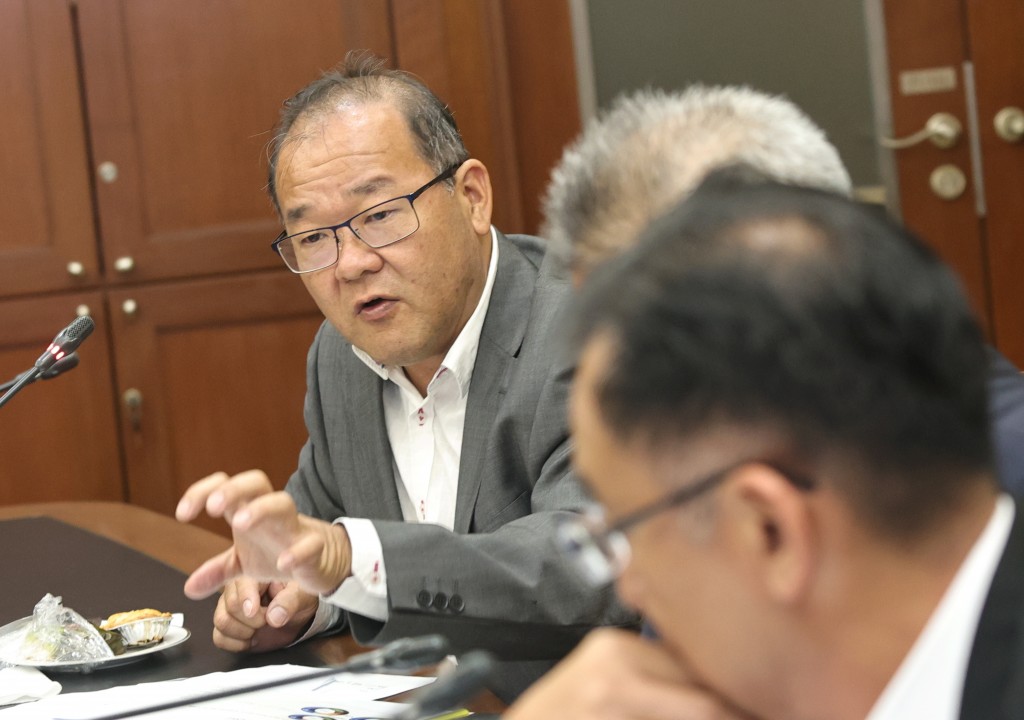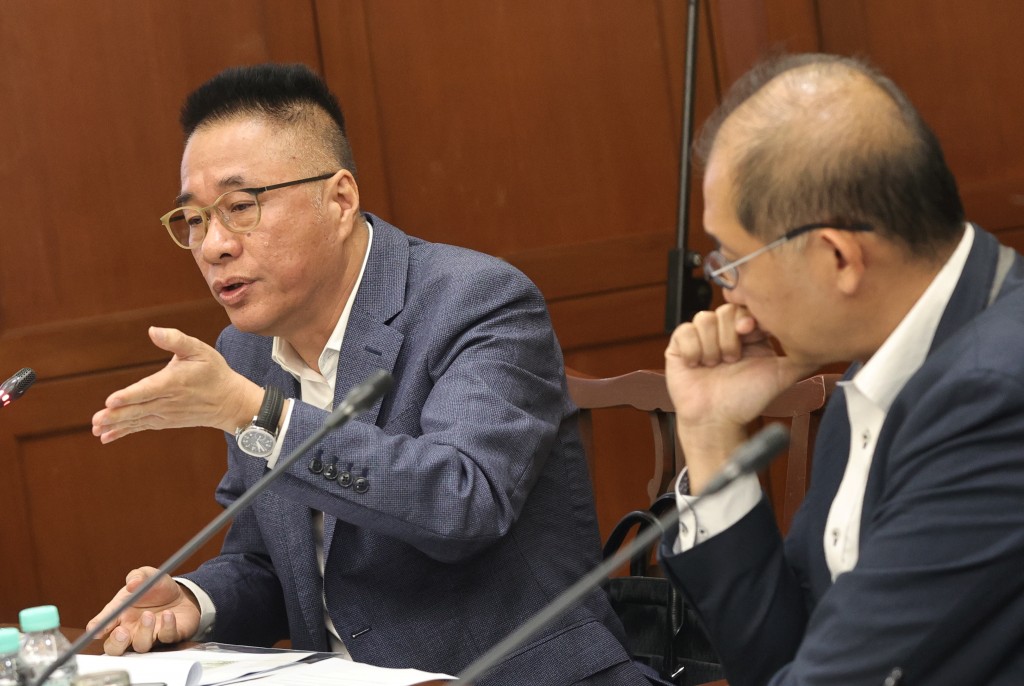An East Malaysia perspective
The dynamics of the property industry in Sabah and Sarawak differs
By Joseph Wong
In Sabah and Sarawak, the dynamics of the property industry differ significantly from a bustling city like Kuala Lumpur or in other parts of Peninsular Malaysia. In addition, social and affordable housing often pose unique challenges in urban areas that would not have been issues with the other states in Semenanjung Malaysia.
Sarawak-based Sendayan Properties Sdn Bhd director Louis Ting shared his experience on a recent undertaking by Perbadanan PR1MA Malaysia (PR1MA), which initiated three projects in Kuching, Sarawak.
One of the projects is a landed project, which is about 18km away from the city centre, which was well received, he said. However, the other two projects, despite their closer proximity to the city of less than 10km, met with challenges.
Ting was referring to Residensi Semenggoh in Padawan, Residensi Matang Homes and Residensi Matang Premier in Matang and Residensi Bintawa Riverfront in Bintawa.
The 558 units in Padawan were well-received but the other two comprising 1,460 units in Matang and 1,320 units in Bintawa were faced with numerous challenges, partially due to their scale as properties in Sarawak are usually developed in smaller numbers.
This example underscores the importance of accessibility to employment opportunities and the local economy when planning social or affordable housing projects in cities and towns in Sarawak, he said at the StarProperty Budget 2024 Roundtable held recently.
“So in smaller towns, with smaller populations, even 300 units of affordable housing in one location will amount to an oversupply,” said Ting. “Otherwise, it may become another ghost town in that certain area.”
“So that be the case, we may need another policy. This is where we always say that there cannot be a one-size-fits-all kind of policy for housing. Because each region will have its own unique situation.” Ting added.
In such cases, despite national policies that aim to establish trustee boards and identify suitable locations, the challenge lies in generating enough demand within smaller, more localised contexts. Therefore, an alternative policy approach might be more practical, according to Ting who is also the Sarawak Housing And Real Estate Developer Association (SHEDA) deputy president.
This could involve the trust fund providing grants directly to buyers, allowing them to select housing options available in the market. This approach would likely be more cost-effective and efficient.
Additionally, it is worth noting that developers in Sabah and Sarawak face different challenges, particularly concerning other issues like native customary rights, which are distinct from the issues related to low-cost housing and bumiputera quotas.
In Sabah, there are similar issues. Sabah Housing and Real Estate Developers Association (Shareda) president Datuk Chua Soon Ping pointed out that when an APDL (Advertising Permit and Developer’s Licence) is granted, whether it is for an empty plot or a lot with strata title, certain conditions apply.
“You need to deliver 30% of the number of units. Let’s say (there are) 100 units, you must deliver 30 units. And these are selected by the government,” he said.
Within this 30%, it includes a mix of corner units, intermediate units and so on, as chosen by the government. The process for landed properties usually proceeds without issues as many bumiputera buyers prefer landed properties.

Ting (left) makes his point as Matrix Concepts Holdings group managing director Ho Kong Soon (centre) and Sunway Property executive director Chong Sau Min listen at the roundtable discussion.
However, when it comes to high-rise developments, most bumiputera buyers tend to opt for non-bumiputera lots. Why is this the case? Because when they purchase a non-bumiputera lot, they can sell it shortly after buying, perhaps even on the same day. In contrast, if they buy a bumiputera lot, they must hold it for five years before selling, he explained.
“This situation poses problems as it leads to a cash flow issue during the construction period of three years. We cannot comply with the release of bridging loans since the bumiputera lots are difficult to sell,” he said.
“We have recently discussed this issue with our Chief Minister (CM) and informed him of the problem. We have proposed a policy change, which is currently with the Attorney General (AG) for review. Once approved, it will be presented at the assembly,” he said.
The proposed change is as follows: Bumiputera investors who visit the sales gallery can point to any unit among the 100 units available for sale, without any pre-selection. They will be offered a 5% discount on any of the ordinary units they choose, regardless of whether it is a bumiputera lot or not.
This policy shift eliminates the requirement for bumiputera buyers to hold onto a property for five years, allowing them to sell on the same day if they wish. The CM has agreed with this change, making Sabah the first state in Malaysia to modify this policy, said Chua.
These and a multitude of other discrepancies make both Sabah and Sarawak unique to the property industry and therefore, any housing policy meant to help the people might miss the mark.
Both Ting and Chua concluded that it is best if the East Malaysian counterparts are first consulted before pushing through any policy to ensure better effectiveness.
Source: StarProperty.my
















POST YOUR COMMENTS